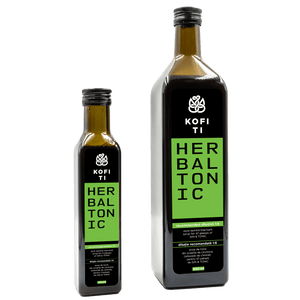We already know that all tea families come from the same plant, Camellia Sinensis and the difference comes from the way the tea is harvested, dried and processed. Yellow tea is picked in pairs of a leaf and a bud, and its processing is similar to that of green tea. The big difference is made by the quenching stage that follows the fixing stage, that is, by interrupting the oxidation.
Steeping the tea leaves with damp cloths at a temperature of approx. 40 degrees Celsius, removes the astringency characteristic of green tea, that rawness, and makes it sweeter, with a rounder taste.
Traditionally, yellow tea was reserved only for the Chinese emperor, yellow being the imperial color.
Although more than 1000 types of green teas have been inventoried, only 5 traditional yellow teas are known: Junshan Yinzhen (Hunan province), Mengding Huangya (Sichuan), Mo Gan Huang Ya (Zhejiang province) - very rare, Wei Shan Mao Jian ( Hunan) - a green version of it is often produced, Huo Shan Huang Ya (Anhui) - the original technique is considered lost; now a green version of it is produced.
The production of yellow tea involves a very laborious and painstaking process, mastered by few artisans. Few tea masters produced it in imperial times, but even fewer still produce it today. And the evolution of the market towards green tea, which is easier to produce, caused some of the techniques to be lost. Fortunately, however, there are some artisans who experiment and innovate. The tea selected by us is one of these.

Good yellow tea is hard to find. Yellow teas are produced in small quantities and most of the quality ones are sold in China at very high prices (>50 000 RON / 1kg), generally as gifts for politicians and businessmen.
G1 [Yunnan Yellow] is excellent value for money because it is exempt from the marketing of the 3 famous yellow teas, it is produced in Yunnan, a region recognized for black and Pu'Er teas, and it is an experimental BIO tea.
A classic yellow tea at this price would not be authentic.

 +4 0765 331 103
+4 0765 331 103 contact@kofiti.ro
contact@kofiti.ro
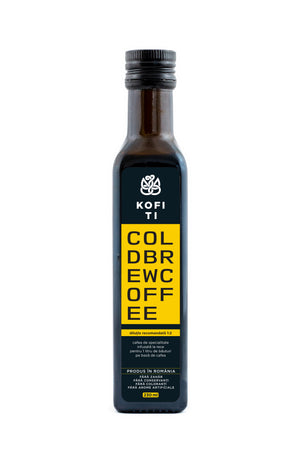
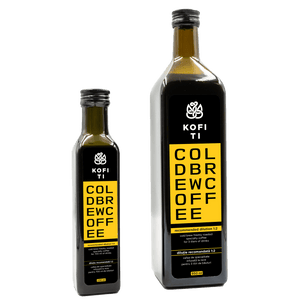
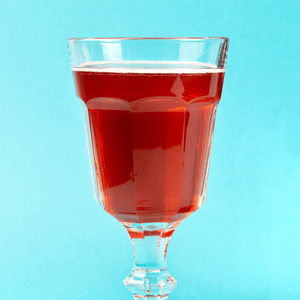
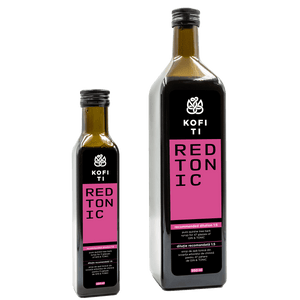
![Tonic Herbal | apă tonică din chinină naturală [sirop] freeshipping - Kofi Ti](http://kofiti.eu/cdn/shop/products/ingrediente-rama-herbal-2_ff24846f-af57-4fed-8335-0fd32d92b6df_300x.png?v=1669674113)
